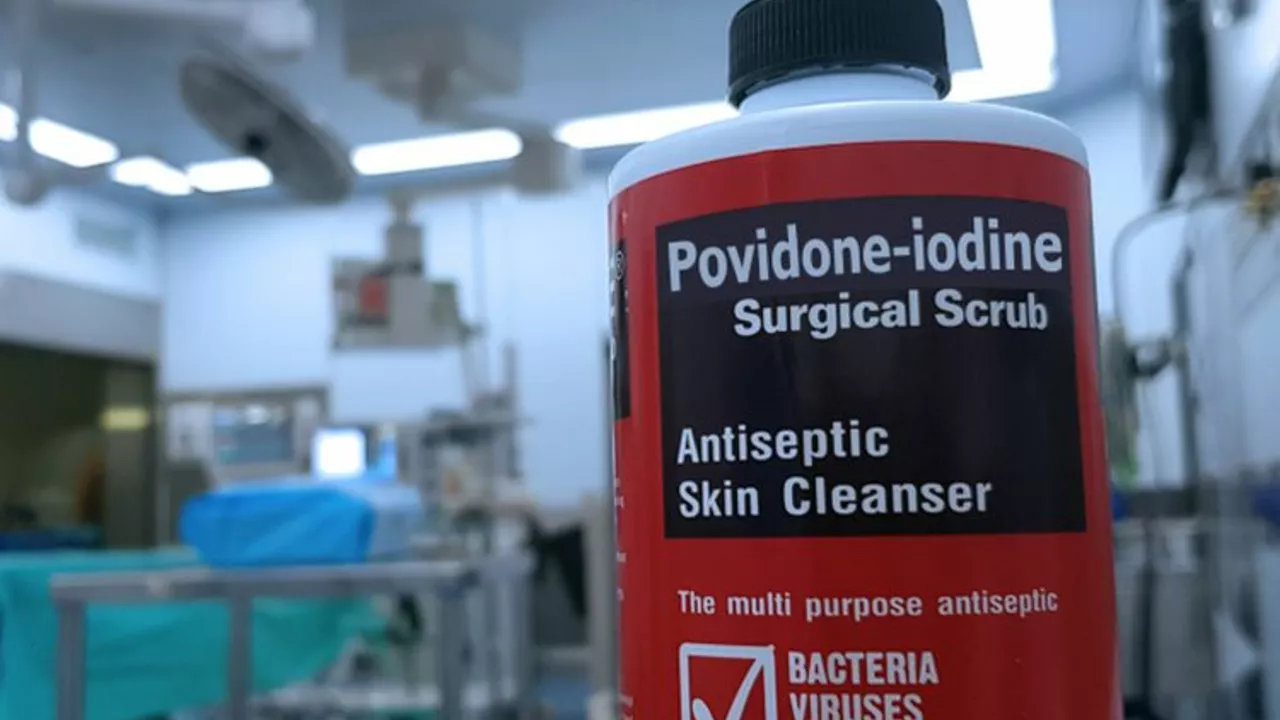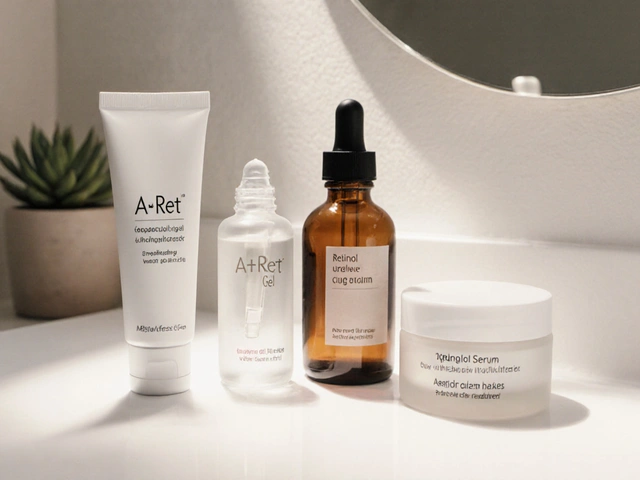Povidone-Iodine: What It Is and How to Use It Safely
Povidone-iodine is the brown antiseptic you probably know from wound kits and hospital prep. It kills bacteria, viruses, and fungi on skin and some mucous surfaces. People use it for minor cuts, surgical skin prep, throat or oral rinses in specific forms, and as a disinfectant for tools or surfaces. It’s effective, widely available, and inexpensive—but it needs to be used the right way.
Common forms and concentrations
Most over-the-counter povidone-iodine products are labeled as 10% solution (a popular surgical scrub). That’s generally for skin antisepsis. There are lower concentrations or dilutions used for wound irrigation or mouth rinses. For example, some clinical uses dilute the product to about 0.1%–1% for wounds or throat gargles to reduce tissue irritation. Ophthalmic and gynecologic products use specific formulations and should only be used as directed.
How to apply povidone-iodine
For a small skin wound: wash your hands, rinse the wound with clean water to remove dirt, pat dry, then apply povidone-iodine once with a swab or small amount of solution. Let it air dry and cover with a sterile bandage if needed. Don’t soak the wound in undiluted 10% solution for long periods—diluted or single applications lower the risk of damaging healthy tissue.
For throat or mouth rinses: use only products labeled for oral use and follow concentration and timing instructions. Do not swallow the rinse. For surgical or medical use, follow professional instructions—hospitals use controlled concentrations and contact times to reduce infections.
How often? For minor wounds, a single cleaning then daily dressing changes are usually enough. Overusing it can slow healing because iodine can irritate cells if applied repeatedly in strong form.
Where to buy and store it: You can find povidone-iodine at pharmacies, online retailers, and medical-supply stores. Choose reputable sellers and check expiration dates. Store the bottle in a cool, dark place with the cap closed—heat and light reduce effectiveness. Toss if it changes color, smells odd, or is past expiry.
Warnings and who should be careful: If you have a known iodine allergy, avoid it. Shellfish allergy is not the same as iodine allergy, but talk to your clinician if you’re unsure. Don’t use it on large burns or over large body areas for long periods—iodine can be absorbed through damaged skin and affect thyroid function, especially in infants and pregnant people. Watch for redness, increased pain, or signs of allergic reaction. If that happens, stop use and seek medical advice.
Alternatives include chlorhexidine and alcohol-based antiseptics; each has pros and cons depending on the situation. If you’re caring for a stubborn wound or treating someone with thyroid issues, ask a healthcare provider which antiseptic fits best.
Short, practical tip: keep a small bottle for first aid, follow concentration guidance, and don’t overuse. When in doubt, check with a pharmacist or clinician—small choices now can avoid bigger problems later.
In my exploration of povidone-iodine, I've found that it's widely recognized for its safety and effectiveness as a topical antiseptic. However, like any medication, it may trigger side effects in some individuals such as skin irritation or allergic reactions. While it's rare, systemic absorption can occur, especially when used on large wounds or burns, which could potentially lead to thyroid or kidney issues. It's also worth mentioning that prolonged use can cause skin discoloration. Always remember, the key is to use it as directed by a healthcare professional.
View Details

